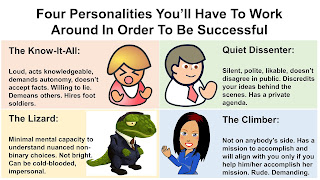If you are an old-school / traditional direct-to-consumer brand, and you've enjoyed the fruits of a "COVID-bump", the window to sell is upon your Management Team.
Think of it this way.
Let's assume you were a $36,000,000 brand generating $2,000,000 earnings before taxes. At 5x earnings, you might be worth $10,000,000 to a potential buyer.
But now you have your COVID-bump and instead of being a $36,000,000 brand you are a $50,000,000 brand, and instead of $2,000,000 earnings before taxes you'll be at $5,000,000 earnings before taxes. At 5x earnings, you might be worth $25,000,000 to a potential buyer.
Sure, the buyer will likely discount the valuation due to the COVID-bump ... but be honest, when have you ever been in a position of leverage like you are now? Why couldn't you get $15,000,000 or $20,000,000 instead of the $10,000,000 you might have been worth in February 2020? Or if you don't believe in high valuations, you believe that the powers that be will discount the COVID-bump, so be it ... but if your $10,000,000 valuation is now $12,000,000, why not capitalize on a $2,000,000 opportunity.
And given the fact that, on average, the COVID-bump is not likely to last beyond mid-2021 (i.e. once there is a vaccine, things change once again and there will be a new normal), shouldn't you act now?
P.S.: Twitter didn't like this idea. No worries. Twitter believes your valuations will be "COVID-discounted". Let's assume Twitter is right. Your $10,000,000 valuation doesn't become $25,000,000 ... it becomes $12,500,000. That's still $2,500,000 of incremental cheddar in your pocket that you weren't planning for in 2019. That's why I am asking you to think. Please think.





